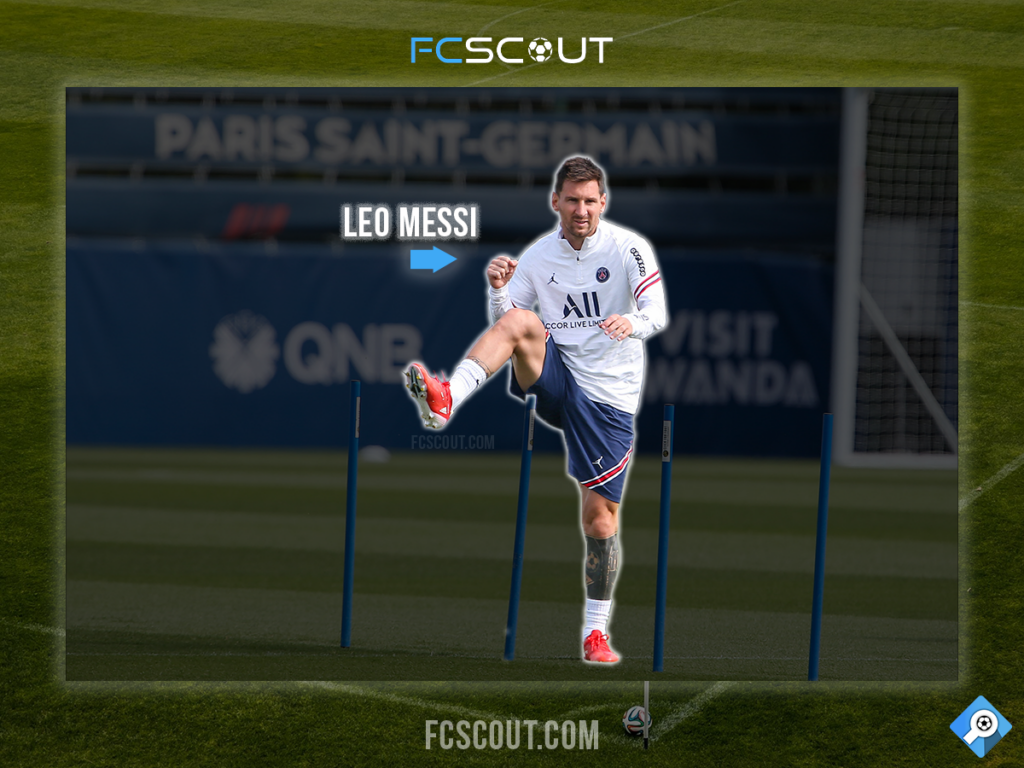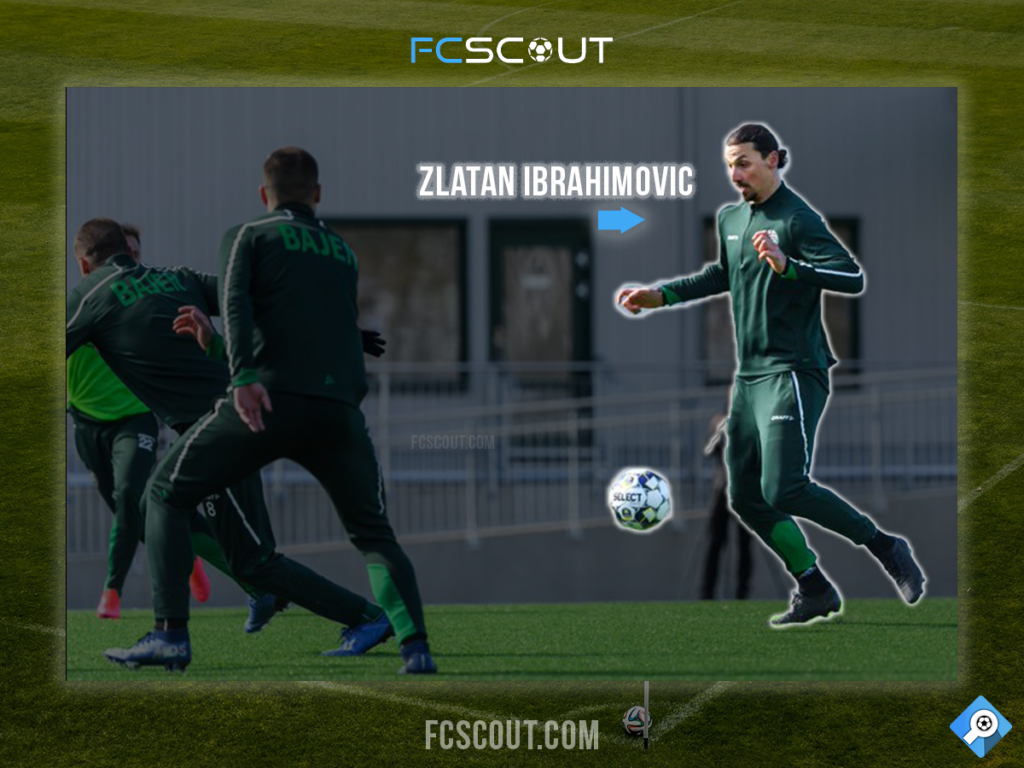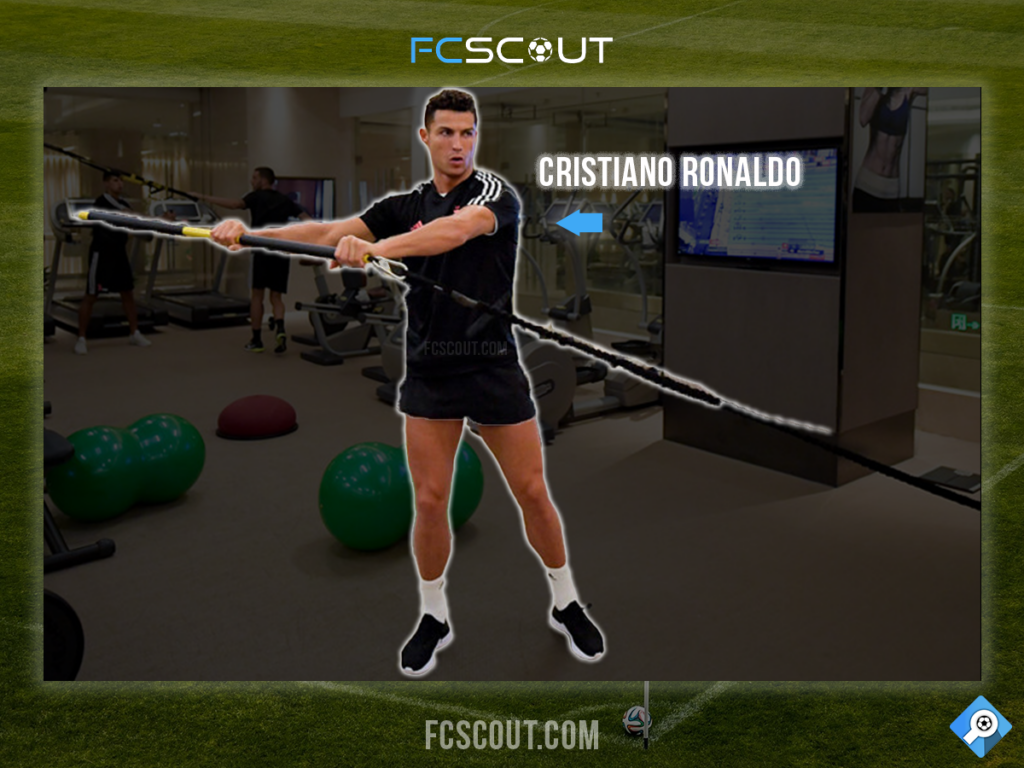Train Like a Pro: A Comprehensive Guide to Soccer Training
Soccer is a demanding sport that requires a combination of physical, technical, and tactical skills. If you want to play at the highest level, you need to be willing to put in the time and effort to train like a pro.
In this article by fcscout.com, we’ll explore what it takes to train like a pro soccer player, including the key components of a pro soccer training regimen, and a sample training plan you can use to get started.
What It Takes to Train Like a Pro Soccer Player
To train like a pro soccer player, you need to have three key qualities:
Setting Goals
The first step in training like a pro is setting specific, measurable goals. This could mean aiming to improve your speed or endurance, perfecting a particular technique, or even earning a spot on a competitive team. Whatever your goals may be, write them down and create a plan for how you’ll achieve them.

When setting goals, it’s important to make them realistic and achievable. You don’t want to set yourself up for failure by setting goals that are too lofty or unrealistic. Instead, break down your goals into smaller, achievable milestones, and celebrate each one as you reach it.
Consistency
Consistency is key when it comes to training. You can’t expect to see results if you only work out sporadically or half-heartedly. Instead, commit to a regular training schedule and make it a priority in your life. Whether that means hitting the gym every morning or practicing on the field after school, consistency will help you build momentum and achieve your goals.
Consistency also means being willing to put in the work even when you don’t feel like it. There will be days when you’re tired or don’t want to practice, but if you can push through those moments and stick to your training schedule, you’ll see results.
Discipline
Finally, training like a pro requires discipline. This means pushing yourself to work harder and longer than you might initially feel comfortable with. It means prioritizing your training over other activities and holding yourself accountable for your progress. While discipline can be tough, it’s what separates the best from the rest.

Discipline also means being willing to make sacrifices. You might have to give up some social activities or cut back on screen time in order to prioritize your training. But if you’re willing to make those sacrifices and stay disciplined, you’ll be on your way to training like a pro.
Components of Pro Soccer Training
Now that you understand what it takes to train like a pro, let’s take a closer look at the specific components of a pro soccer training regimen:
Physical Conditioning
Physical conditioning is an essential part of any soccer training program. Here are three key areas to focus on:
Cardiovascular Training
Soccer is a sport that requires a lot of running, so cardiovascular training is crucial. This could involve activities like running, biking, or swimming to improve your endurance and overall fitness.
When it comes to cardiovascular training, it’s important to mix things up to prevent boredom and challenge your body. You might try running intervals, where you alternate between running at a moderate pace and sprinting, or swimming laps with different strokes to work different muscle groups.
Strength Training
Strength training is important for building muscle, improving your balance and coordination, and reducing your risk of injury. Focus on exercises that target your legs, core, and upper body.

Some examples of strength training exercises include squats, lunges, push-ups, pull-ups, and planks. When starting a strength training program, it’s important to start with lighter weights and focus on proper form before gradually increasing the weight.
Agility and Speed Training
Agility and speed are important for quickly changing direction on the field and keeping up with the pace of the game. Incorporate drills like ladder runs, cone drills, and shuttle runs to improve your agility and speed.
When it comes to agility and speed training, it’s important to focus on both acceleration and deceleration. This means working on exercises that help you move quickly in different directions and also stop and change direction quickly.
Technical Skills
Technical skills are another important component of soccer training. Here are three key areas to focus on:
Dribbling
Dribbling is the ability to move the ball past defenders while maintaining control. Practice dribbling drills to improve your footwork and ball handling skills.
When practicing dribbling drills, focus on keeping the ball close to your feet and using both feet equally. You might also try practicing dribbling with your head up, so you can see the field and make better decisions on the fly.
Passing
Passing is all about accuracy and timing. Practice passing drills with a partner to improve your ability to make precise passes under pressure.
When practicing passing drills, focus on making crisp, accurate passes that lead your teammate and allow them to make a play. You might also practice different types of passes, such as ground passes, lofted passes, and through balls.
Shooting
Shooting is one of the most important skills for a soccer player. Practice shooting drills from different angles and distances to improve your accuracy and power.
When practicing shooting drills, focus on technique first and power second. Make sure you’re using proper form and following through with your shot. Once you have your technique down, you can work on increasing your power and accuracy.
Tactical Skills
Tactical skills refer to your overall understanding of the game and your ability to work with your teammates. Here are three key areas to focus on:
Positioning
Knowing where to position yourself on the field is essential for being an effective player. Study the positions of different players and learn how to position yourself to support your team and make plays.
When it comes to positioning, it’s important to be flexible and adaptable. Your position on the field may change depending on the situation, so be prepared to adjust your position and communicate with your teammates.
Understanding the Game
Understanding the game means knowing the rules, strategies, and common plays. Watch professional soccer matches and analyze the strategies used by the teams. This will help you develop a deeper understanding of the game and improve your decision-making on the field.
When watching soccer matches, pay attention to the strategies and plays used by different teams. Try to analyze why certain strategies are effective and how you might apply them to your own game.
Teamwork
Soccer is a team sport, and your ability to work effectively with your teammates is crucial. Practice communication, trust, and collaboration both on and off the field to build strong relationships with your teammates and improve your overall performance.
When it comes to teamwork, communication is key. Make sure you’re communicating with your teammates on the field, whether it’s to call for the ball or to let them know you’re open. You should also practice building trust with your teammates by being reliable and consistent in your performance.
Sample Training Plan
Now that you understand the components of a pro soccer training regimen, here’s a sample training plan you can use to get started:
Warm-up
Start with a 10-15 minute warm-up to get your muscles and joints ready for exercise. This could include light jogging, jumping jacks, or stretching.
Cardiovascular Training
Next, spend 30-45 minutes on cardiovascular training. This could involve running, biking, or swimming. Try to vary your activities to prevent boredom and challenge your body.
For example, you might start with a five-minute jog to warm up, followed by 10 minutes of running intervals (alternating between running at a moderate pace and sprinting), and finish with a 20-minute bike ride or swim.
Strength Training
After cardiovascular training, spend 30-45 minutes on strength training exercises. Focus on exercises that target your legs, core, and upper body. Some examples might include squats, lunges, push-ups, and planks.
Start with a few warm-up sets of each exercise before moving on to heavier weights. Focus on using proper form and engaging the right muscles. Try to challenge yourself by increasing the weight or number of reps as you progress.
Technical Skills Training
Next, spend 30-45 minutes practicing your technical skills. Focus on one or two skills at a time and incorporate drills that challenge you. For example, you might practice dribbling through cones, passing with a partner, or taking shots on goal.
When practicing your technical skills, focus on your form and technique. Make sure you’re using proper form and practicing good habits. You should also challenge yourself by increasing the difficulty of the drills as you progress.
Tactical Skills
Finally, spend 30-45 minutes working on your tactical skills. This could involve practicing different plays with your teammates, studying game footage, or analyzing your own performance and identifying areas for improvement.
When working on your tactical skills, focus on teamwork and communication. Practice different plays with your teammates and work on building trust and collaboration. You should also analyze game footage to identify areas for improvement and to learn new strategies.
Conclusion
Training like a pro soccer player takes dedication, hard work, and discipline. By setting specific goals, staying consistent, and focusing on the key components of a pro soccer training regimen, you can improve your skills and become a better player.
Remember to be patient with yourself and to celebrate small victories along the way. With dedication and practice, you can take your soccer skills to the next level and achieve your dreams on the field.
EXPLORE MORE CLUBS!
Explore more professional clubs by continent.






